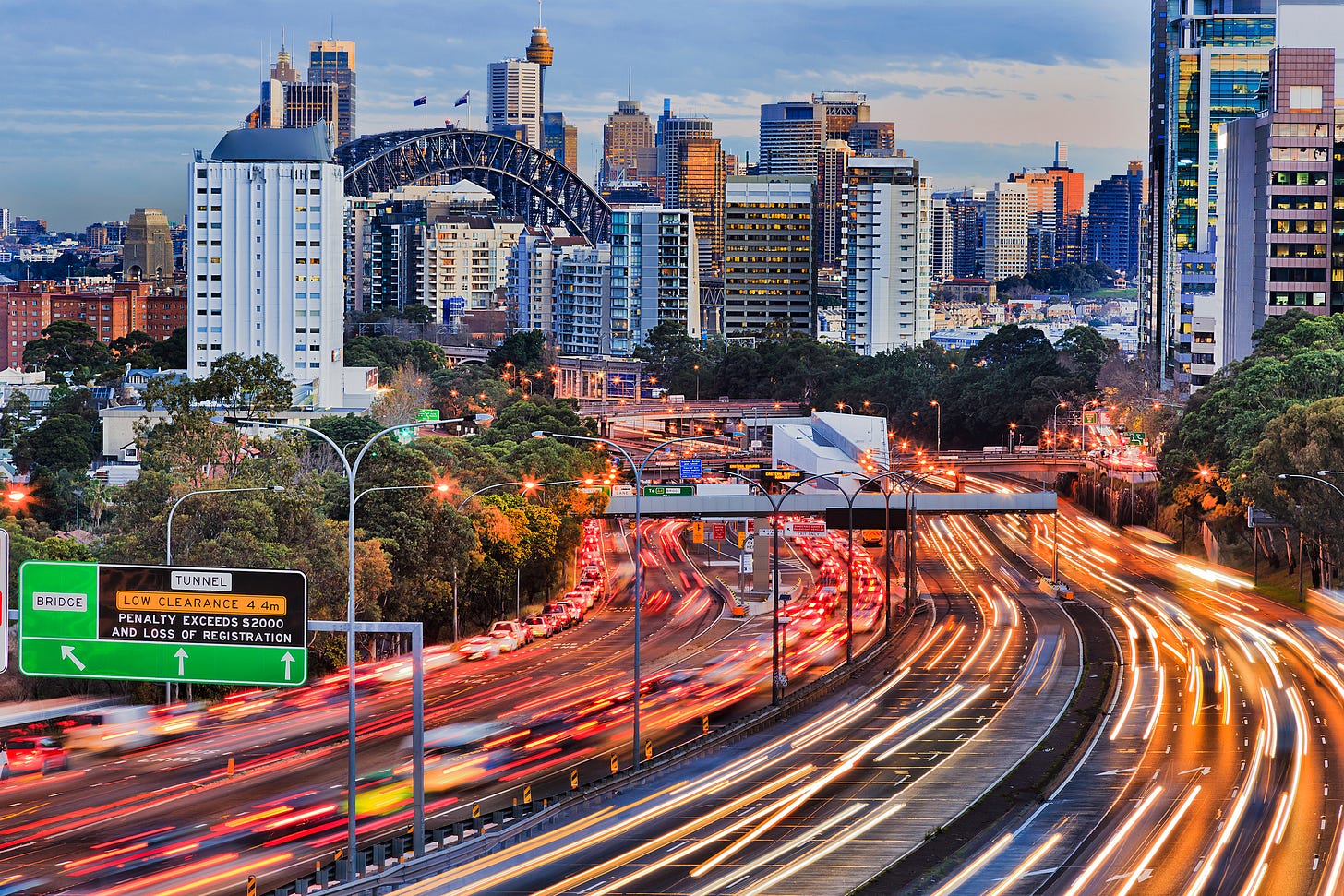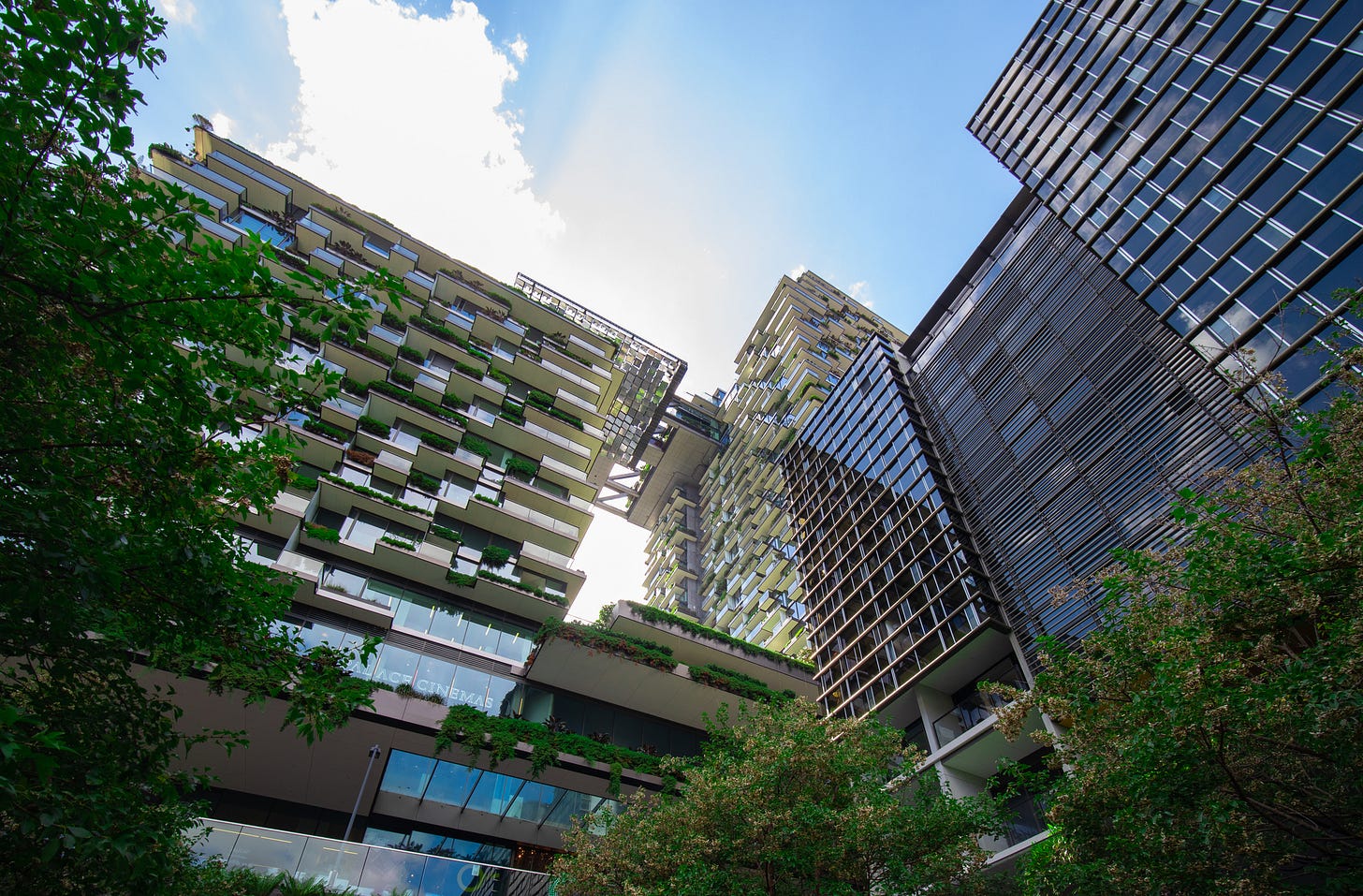Groundswell Property Market Insights
🌊 Unit Prices Rise, Commercial Demand Grows, and Building Delays Deepen: Key Insights as at 12 July 2025
Welcome to this week’s edition of Groundswell Property’s Market Insights, where we cut through the media noise and deliver real, data-driven updates on Australia’s ever-changing property market.
Shawn Tung: Unsplash
This week’s edition reveals strong growth in unit values, surging investor interest in commercial assets, and fresh data on why new home delivery timelines are stretching further than ever.
Here’s what’s making headlines:
Unit prices up nearly $500k in growth suburbs, with Southeast Queensland and Perth leading the way
Commercial transactions jump 13%, as investors chase higher yields and long-term inflation hedges
94% of suburbs now cheaper to rent than buy, based on latest mortgage vs rent comparisons
Build times blow out to 12.7 months on average — up 50% over the past decade
Listings fall 8.8% in June, tightening winter stock levels across every capital city
Commercial Investment Surge
More investors are looking toward the commercial sector, resulting in a 13% rise in commercial transaction activity.
Analysis by CBRE for the first half of 2025 says property investors are considering commercial assets as a way to diversify their portfolios.
The report shows a total of $15.5 billion in office, industrial, retail, hotel, and living assets changed hands in the first half of the year.
CBRE Australian head of capital markets research, Tom Broderick, says investors are being enticed by the higher yields achievable in the commercial market.
“Commercial property offers a higher yield than residential, typically, so returns can be higher. However, the price point is typically higher for commercial and risk can be higher also, like higher vacancy risk,” he says.
“Over the long term, rents typically rise with inflation, so commercial real estate can be a bit of a hedge against inflation.”
According to the report, there is a limited supply across sectors such as retail and office, which is likely to result in solid rental growth over the medium term.
Winning Unit Markets
Growing demand for units is driving strong price growth, with PropTrack figures showing increases of nearly $500,000 in some markets in the past three years.
The majority of unit markets to record significant gains are in Brisbane, the Gold Coast and the Sunshine Coast, although the top location for growth is beachside Cottesloe in Perth, where median unit prices increased $490,000 over three years.
Noosa Heads’ median unit price is up nearly $450,000 over the same period, while Bilinga on the Gold Coast is up $425,000.
In New South Wales, the top performer is Little Bay, which is $420,000 higher and in Adelaide, it is Findon, where the median unit price is up by $306,000. Melbourne, Darwin and Hobart did not have any entries in the Top 20 list.
REA Group senior economist Anne Flaherty says the strong unit price growth in southeast Queensland is largely a result of surging population growth and a shortage of housing supply.
“Investors are being drawn to the fact that there are still strong prospects for capital growth (in units),” she says.
Hotspotting analysis shows that the once-dominant paradigm of real estate, that houses on land show superior capital growth to apartments, is no longer the case.
Is It Cheaper To Rent or Buy?
Joel Henry: Unsplash
As property prices continue to rise and the pace of rental growth slows, new data shows it is cheaper to rent than buy in 94% of Australian suburbs.
Analysis by Domain shows the cost of servicing a mortgage on a house is only more affordable in 6% of Australian suburbs.
The analysis is based on median house prices, a 20% deposit and a mortgage rate of 5.68% which is compared with median asking rents for the same suburb.
In capital cities, weekly mortgage repayments are lower than weekly rents in 1.7% of suburbs, while in regional areas, it is cheaper in 14% per cent of regional suburbs.
Perth is the most favourable city for house buyers, with 4.8% of suburbs where it’s cheaper to buy than rent.
Brisbane is next with just 0.4% while in Sydney, Adelaide and Melbourne, there are no suburbs where a weekly mortgage payment is cheaper than a weekly rent.
Building Takes Time
Building approvals may be rising, but that doesn’t mean new homes will be delivered anytime soon, with the average time to build a house blowing out.
Construction time for an average home has increased by 50% in the past decade. Ten years ago, it took 8.5 months from approval to completion; in 2024, it took 12.7 months, according to the Institute of Public Affairs.
Building material costs have increased by 53% during the same period.
Western Australia has the slowest house-building times, up 85% over the decade to 17.8 months. South Australia takes 15.8 months, New South Wales, 12.7 months, Tasmania, 12.6 months, Victoria, 11.3 months and Queensland, 10.2 months.
IPA research director Morgan Begg says it's little wonder Australia is experiencing a housing crisis, with unprecedented demand for housing exacerbated by increased construction time and costs.
“Across the board, the latest figures reinforce the depth of Australia’s housing crisis, brought about by out-of-control migration intakes, a construction sector burdened by red tape, and competition for resources from large, expensive, and inefficient taxpayer-funded projects.”
Listings Slide
Total property listings are continuing to fall with an 8.8% drop in June.
SQM Research figures show that despite the drop, listings are still 1% higher than at the same time last year, which it says shows a marginal easing of tight market conditions over the longer term.
Listings are down in every capital city across the month, with the biggest declines in Melbourne, which is down 12%, followed by Adelaide, down 10.5% and Sydney, down 10.3%.
Over the course of the year, listings are up in Perth, Sydney, Adelaide, Canberra, and Hobart.
Perth listings year on year are up by 23.5%. Hotspotting has recognised for some time now that the heat and demand have come out of the Perth market after two years as a market leader for price growth.
SQM Research managing director, Louis Christoper, says the data highlights a cooling in listing activity as winter sets in.
“The flipside to this is that winter is generally a period where it is a good time to sell as buyers are still out in the marketplace, yet there is less competition between sellers.”
Key Takeaways:
Commercial property continues to attract yield-hungry investors, despite higher barriers to entry
Unit market momentum is real — especially in lifestyle-driven and supply-constrained suburbs
Affordability challenges continue to push renters out of the buying pool, with few suburbs bucking the trend
Slower build times and escalating costs are adding further pressure to Australia’s housing shortage
While listings are down, smart sellers may benefit from less competition during winter months
Despite affordability challenges and supply issues, strategic investors are still finding ways to get ahead — if they know where to look.
If you're serious about making your next move count — whether it’s expanding your portfolio, upgrading your strategy, or turning equity into income — now is the time to act with clarity and purpose.
✅ Make 2025 Your Breakthrough Year in Property
🎯 Book your free strategy call with our expert team.
Get clear on your next move, avoid costly mistakes, and build a smarter path to wealth.
Tom Haigh
Director & Licensed Buyers Agent
Groundswell Property - a decade of trusted advice
tom@groundswellproperty.net
0439754475







